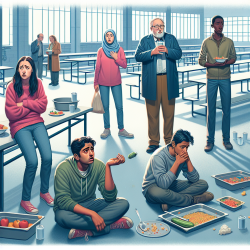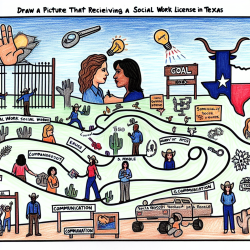Understanding Food Insecurity Among College Students
Food insecurity is a pressing issue affecting college students across the United States, particularly in the Appalachian and Southeastern regions. According to the research article "Expenditure, Coping, and Academic Behaviors among Food-Insecure College Students at 10 Higher Education Institutes," food insecurity prevalence among college students is significantly higher than the national average, with rates ranging from 22.4% to 51.8% across various universities.
The Impact of Food Insecurity on Students
Food insecurity among college students is associated with a range of negative outcomes, including poor academic performance and the adoption of unhealthy coping strategies. The study utilized the USDA Adult Food Security Survey to measure food insecurity and identified significant predictors such as money expenditure behaviors, coping strategies, and academic progress.
- Money Expenditure Scale (MES): Students who spent more money on non-essential items rather than food were more likely to experience food insecurity.
- Coping Strategies Scale (CSS): Food-insecure students often resorted to various coping mechanisms, such as skipping meals or relying on food pantries.
- Academic Progress Scale (APS): Food insecurity was linked to lower academic performance, as evidenced by lower GPA scores and poor class attendance.
Why Practitioners Should Care
As practitioners, understanding the link between food insecurity and academic performance is crucial for developing effective interventions. By recognizing the signs of food insecurity and providing support, practitioners can help improve the educational outcomes and overall well-being of students.
Encouraging Further Research
The study highlights the need for further research into the specific factors contributing to food insecurity among college students. Practitioners are encouraged to explore the following areas:
- Investigate the impact of financial aid policies on food security.
- Examine the role of campus resources, such as food pantries and meal programs, in alleviating food insecurity.
- Assess the effectiveness of educational interventions aimed at improving financial literacy and budgeting skills among students.
Conclusion
Addressing food insecurity among college students is essential for fostering a supportive and equitable educational environment. By utilizing data-driven approaches and focusing on evidence-based interventions, practitioners can make a significant impact on the lives of food-insecure students.
To read the original research paper, please follow this link: Expenditure, Coping, and Academic Behaviors among Food-Insecure College Students at 10 Higher Education Institutes in the Appalachian and Southeastern Regions.










